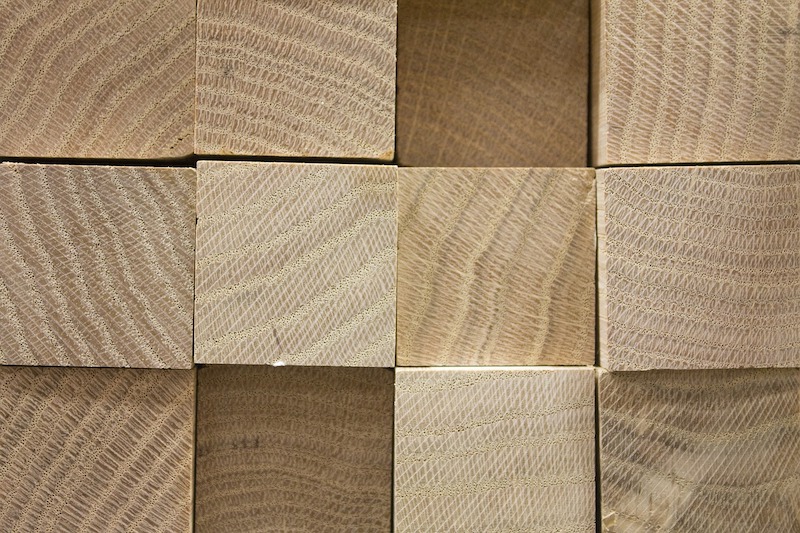The Georgia Legislature passed a bill this year to allow tall mass timber structures to be built in the state. The governor recently signed the bill.
The next step: The state’s Department of Community Affairs will review the 2021 edition of the International Building Code to consider amending the state minimum standard codes to allow tall mass timber construction types. The agency will begin its review this summer, and complete its work by July 1, 2021.
Mass timber is assembled panels of wood that are six feet or more in at least one dimension. Most mass timber products are laminated assemblies with glue, nails, or dowels used to hold together individual members to form large panels strong enough to serve as structural building material.
Mass timber advocates say the material is less carbon-intensive to make than concrete and steel building material alternatives, and also sequesters carbon. A related bill under consideration would expand the state’s existing carbon sequestration registry to include building products and materials that can demonstrate carbon sequestration. This provides an opportunity for businesses and landowners to begin amassing carbon credits that could eventually be traded in carbon markets.
Related Stories
| Mar 22, 2012
Bill would reintroduce “opt-out” provision in lead paint law
The Lead Exposure Reduction Amendments Act of 2012 (S2148) would restore the "Opt-Out" provision removed from the Environmental Protection Agency's Lead Renovate, Repair and Painting (LRRP) rule in April 2010.
| Mar 15, 2012
New Florida building code establishes flood and storm surge provisions
The new 2010 code establishes minimum design and construction requirements to protect buildings from wind, rain, floods, and storm surges.
| Mar 15, 2012
Illinois city rejects international code due to home sprinkler requirement
Macomb, Illinois aldermen voted to recommend that the city not adopt 2012 international building and residential code standards requiring the installation of overhead sprinkler systems in newly constructed one-family and two-family homes.
| Mar 15, 2012
Tenant advocates propose licensing landlords in New York City
With thousands of New York City rental units posing potential dangers to tenants, city advocates are proposing measures to make landlords improve building safety.
| Mar 15, 2012
Construction industry a big winner in federal small disadvantaged business procurement
Last year, only 5% of federal contract dollars went to small disadvantaged businesses. Construction and facilities support firms were the biggest beneficiaries.
| Mar 15, 2012
ANSI approves new fall protection standards
The American National Standards Institute (ANSI) has approved two American Society of Safety Engineers' (ASSE) standards addressing fall protection.
| Mar 8, 2012
Engineering innovation provides new option for meeting seismic codes in skyscrapers
Two University of Toronto engineers have developed “viscoelastic-energy-dissipating dampers” to replace many of the heavy concrete beams used in tall structures.
| Mar 8, 2012
CSI webinar on building code compliance March 22
A March 22 webinar will provide an overview of a 28-step process during the design of a building to ensure compliance with building codes.















